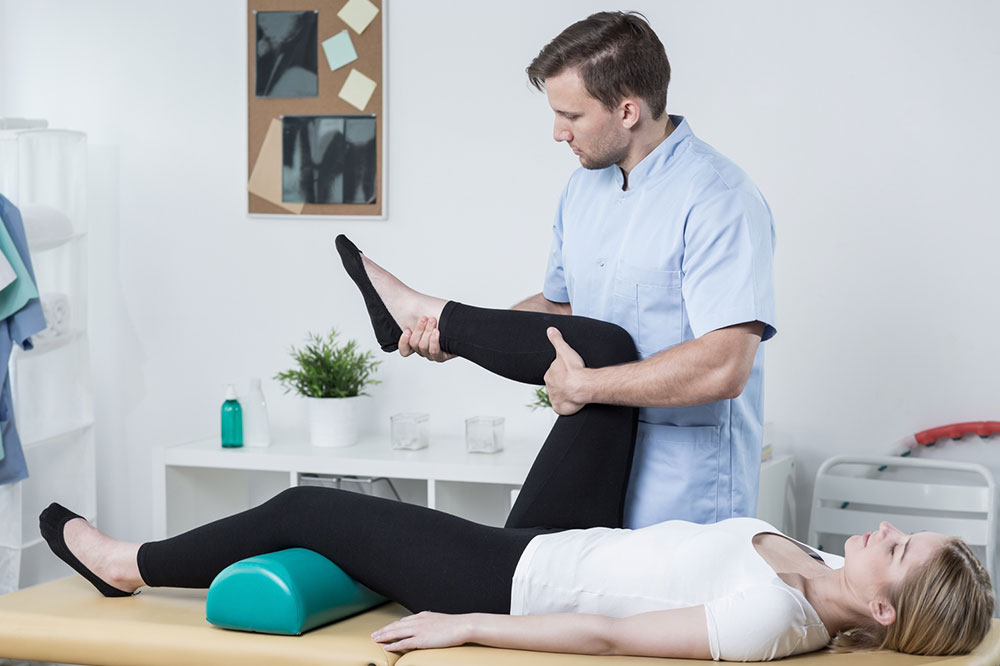
Symptoms, Causes, And Complications Of DVT
Deep vein thrombosis is a disease where there is a blood clot in a vein deep within the body. This can lead to complications if not treated on time. The article explains all you need to know about deep vein thrombosis early warning symptoms, causes, and complications.
What is DVT?
DVT is deep vein thrombosis. It is a condition where a blood clot develops in a vein within the leg. The clot can occur in the lower leg or thigh. It is also called thromboembolism. If not treated, the clot can travel to the lungs, where it can lead to fatal consequences.
To understand more about this condition, it is necessary to know the deep vein thrombosis early warning symptoms, causes, and complications of the condition.
Early warning symptoms
When the clot develops in the leg, very few people may experience symptoms. Others may not even experience any symptoms. Early signs and symptoms that provide a warning of the clot in the leg include:
- Swelling in the foot that is seen on one side (the side where there is a clot).
- Cramp in the leg, where the clot has developed with cramping pain.
- Pain in the foot and/or ankle, which seems to have developed without any cause and worsens when the foot is bent.
- Skin on a part of the leg that feels warmer than other areas on the leg.
- The affected area turning bluish or whitish is an early sign that can help identify DVT.
Sometimes, DVT can occur in the upper arm. This is referred to as upper extremity deep vein thrombosis. The symptoms observed in this condition are:
- Pain in the neck or shoulder
- Swelling in the hand or arm
- Skin color in the arm changed to bluish in the affected area
- Pain that moves from the arm to the forearm
- A feeling of weakness in the arm
Causes
DVT happens because of a blood clot that develops in a vein in the leg or any other part. The clot can develop because of any of the following reasons:
- Injury leading to the damage of the walls of a blood vessel.
- The blood vessels may be injured during surgery causing a clot.
- Bed rest after hospitalization for a long time with no physical activity can cause a blood clot.
- Sitting for long periods causes blood to accumulate in the leg and affects normal blood flow. This can lead to a blood clot.
- Some medications can cause a blood clot.
Complications
When a clot is formed in the leg, it may not even need treatment. The problem is when the clot travels to the lungs, in which case, it can form a pulmonary embolism. There is a possibility of 10% of those having DVT develop a pulmonary embolism.
It can cause severe symptoms like palpitations in the heart, chest pain, cough with bloody mucus, difficulty breathing, and increase of blood pressure in the lungs. One in four people can die because of it.
This guide on deep vein thrombosis early warning symptoms, causes, and complications would have helped you understand more about the disease.


